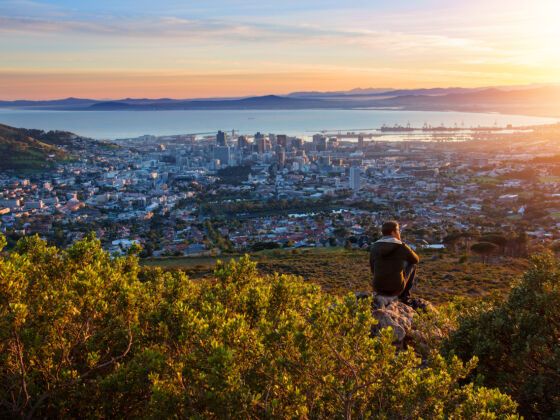1. You shouldn’t be afraid to travel here.
As a Capetonian with almost a year and a half of European adventures under my belt, I can’t even count the number of times newly-made foreign friends have looked at me wide-eyed and asked, “But isn’t Cape Town really dangerous?”
South Africa’s gotten a pretty bad rap for the recent rise in violence with four of our cities making it into the top 50 most violent in the world, according to the Mexican Council for Public Security and Criminal Justice. The list ranks violence by murders per 100,000 people and does not include war zones. Based on this, Cape Town scored a whopping 65.5. In fact, Cape Town has crept up over the years from the 34thposition in 2011 to the ninth most violent city in the world in 2015, making it more violent than cities like Rio de Janeiro and is supposedly the most violent in Africa.
